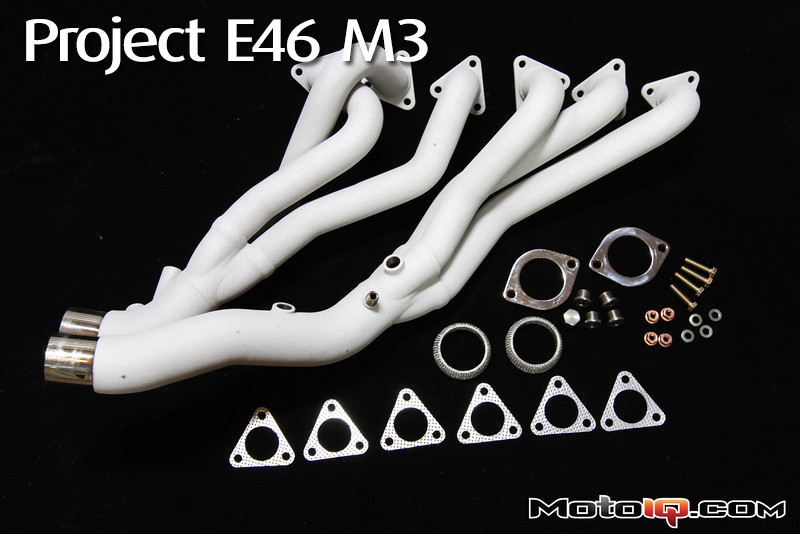,
In stock form, the crankcase's hot, “blow-by” gases are recirculated back into the intake manifold to help control emissions. The problem with this is oil cuts down the octane in your fuel. Over time, as the intake manifold gets more and more coated with oil, the air going into the cylinder head becomes more and more polluted with octane-killing oil vapors.
The Radium Engineering oil catch is designed to trap the unwanted oil vapor, and release much cleaner air that’s sucked into this intake port. How? First, crankcase fumes vented out the valve cover enter the catch can through the hole in the picture above. As it passes through the stainless steel filtration media, the exposed surface area cools the vapor, condensing it into liquid form and leaving it at the bottom of the can.
 While the hot, oil-contaminated vapor enter the shavings-filled tube you see inside there, the resulting cleaned and cooled air escapes through this orifice, right back into the intake manifold. Thus, while the catch can helps maximizes performance, it doesn't disrupt emissions.
While the hot, oil-contaminated vapor enter the shavings-filled tube you see inside there, the resulting cleaned and cooled air escapes through this orifice, right back into the intake manifold. Thus, while the catch can helps maximizes performance, it doesn't disrupt emissions.

This picture shows not only the original crankcase recirculation setup (10-in hose in the back going from the cam cover to the intake manifold) but also the location where of our catch will be installed. We’ll bypass the 10-inch hose with the catch can, which will end up in the passenger-side compartment (top-left).
 Radium’s powder coated, laser-cut catch can bracket uses factory nuts to secure it here in a clever and unobtrusive way.
Radium’s powder coated, laser-cut catch can bracket uses factory nuts to secure it here in a clever and unobtrusive way.
 The supplied, high-quality Earl’s barb fittings are then secured to the can. The setup also includes a clever little green dipstick to easily check the accumulation level.
The supplied, high-quality Earl’s barb fittings are then secured to the can. The setup also includes a clever little green dipstick to easily check the accumulation level.
 Lifting the rubber lining that seals this compartment exposes the section Radium uses to run the hoses through.
Lifting the rubber lining that seals this compartment exposes the section Radium uses to run the hoses through. 


